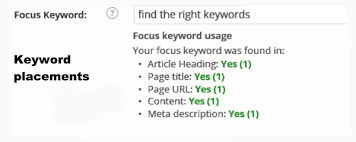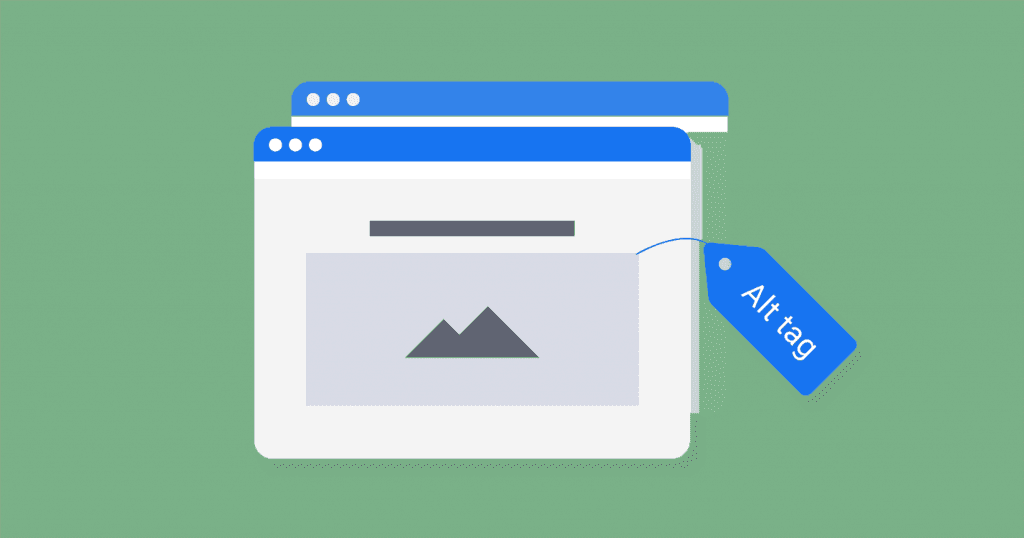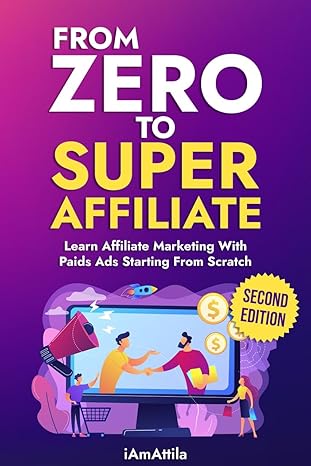Back in the days, the Google search algorithm was very different – stuffing your content with keywords was pretty enough to rank high.
Today, Google pays attention to very different things on your page. The focus has shifted to content quality, relevance, and user engagement, and all sorts of off-page factors also play a huge role.
Google’s search algorithm evolves rapidly as well, and tips and guides that are even a few months old become outdated in a blink of an eye. Not only that, the algorithm is so complex that no one – even experienced SEO fellows – can tell you what really is going on under the hood.
Still, on-page SEO shouldn’t be ignored since it is the basis of search optimization.
With that being said, below is a list of things that you should do to help Google understand what your page is about and keep users engaged.
1. Optimize for search intent

If someone’s looking for something like “buy a tennis racquet”, then they are probably looking for webpages like Amazon to buy racquets from. They are ready to make a purchase, and they want to be able to quickly find a place where they could do so.
What this means is that if you want to optimize your page for “buy a tennis racquet”, then you need to deliver what the user expects.
Thankfully, you don’t have to guess what Google will rank for a certain keyword and what people want to see. Just type the desired keyword into the search field and have a look at the top results.
These are the pages that Google thinks are worthy enough for the reader. Your content should be similar to those. Google, among other things, uses all sorts of engagement metrics to rank webpages, so the pages you see at the top have probably performed well with users.
If your page isn’t what people want to see, then they won’t stay long, and Google will get a signal that your page isn’t relevant for that keyword. And no matter how many times you’ve used the keyword or how well-placed it is in your H2 headings, your page will probably rank low if people don’t like it.
2. Keep your content simple

This one is also related to dwell time and user engagement.
The average reading literacy of Americans appears to be at a level of a 7th or 8th grader. What does this mean for you as a content creator?
You need to create simple content that isn’t filled with complex sentences and technical terms.
Keep your sentences and paragraphs short. A wall of text won’t look too good for the average reader, and most will probably get confused and leave your page if they don’t understand your language.
Be informal and write like as would talk. Make sure that your content is understandable by someone who has no knowledge in your field. Bring up examples or analogies to make your writing easy to digest.
And perhaps most importantly, place images when relevant to water the text down a little. Besides, use headings (again where relevant) to make the text more organized and help people jump right to the part they are looking for.
3. Be very strategic with your keyword placement

These aren’t the times when keyword-stuffing could help you rank high. Nor will things 100% work well if you “sprinkle LSI keywords” or use keyword-rich headings.
Today, Google doesn’t really need those to understand what your page is about.
If you have a website with some content, visit the Google Search Console and have a look at what kind of keywords your content has shown up for. Most of them will be phrases that haven’t been even used in your content!
Google’s algorithm can “understand” what your page is about and rank it for keywords that are semantically close to the content of your post. This means that you don’t have to use the exact target keyword – you can change it a little, and Google may still catch it!
Also, if you are a good writer, you’ll add plenty of LSI and synonym keywords naturally. And well-written content will likely make it easier for Google to understand your post.
4. Pay attention to page loading speed

Page loading speed is also a ranking factor, especially on mobile. Google’s mobile-first approach means that mobile SEO is more important than ever.
Use Google’s PageSpeed Insights tool to see how well your page is doing. Pay attention to mobile speed and try to optimize it by using lighter images and minimizing useless HTML code.
Don’t get obsessive with page speed though. Once you’re good enough, extra milliseconds here and there probably won’t make much difference.
5. Use image alt tags

If your post has images (which it should), make sure to add descriptive alt tags to them. Include your target keyword where relevant, but don’t obsess over it.
Alt tags will help your images rank on Google Images, which may bring some sizable traffic. Besides, if your images fail to load, the alt text will show up instead, which may be useful for people using a screen reader (which means increased engagement rate).
6. Use short & descriptive URLs
Instead of an URL like , use .
This will make people more likely to click on the link since they’ll know what to expect. Not only that, but you can add your target keyword to such an URL, which may give your rankings a little boost.
7. Add internal links to every post

First of all, internal links allow Google to index and better understand the pages on your site.
Secondly, with internal linking, you can send page authority (PageRank) from stronger to weaker pages.
And finally, internal links can help you guide users to the pieces of content you want them to see.
Only add internal links where relevant. You may also use keywords in the anchor text if they look natural. And yeah, 2-3 internal links a post should be good enough.
8. Link out to others
Finally, link out to other websites as well. Preferably, link out to authority sites since linking out to bad sites could worsen your rankings.
Linking out to related pages can help Google figure out what your page is about. Not only that, but readers will see that you aren’t making claims out of the blue and that you can be trusted as a source of information.



